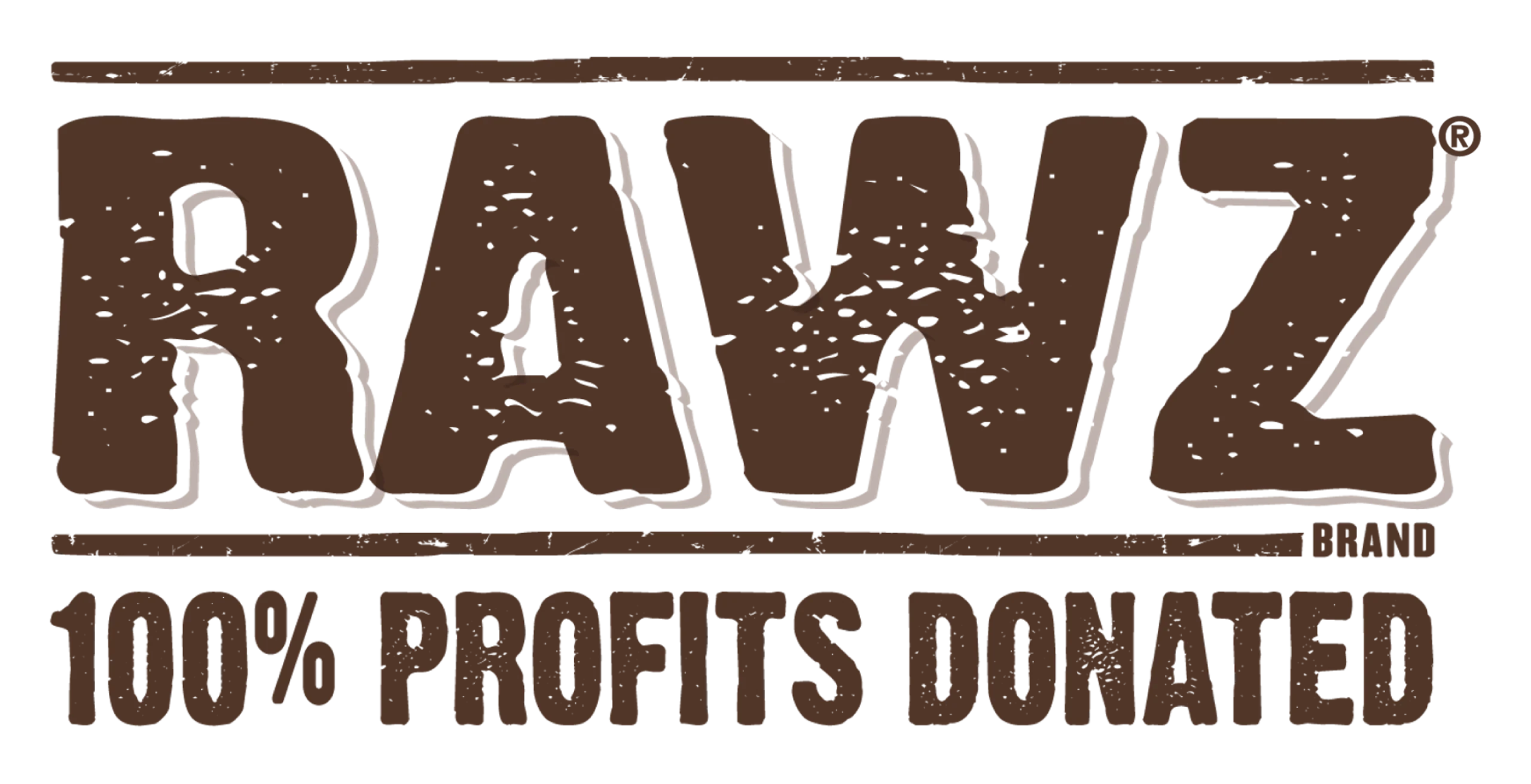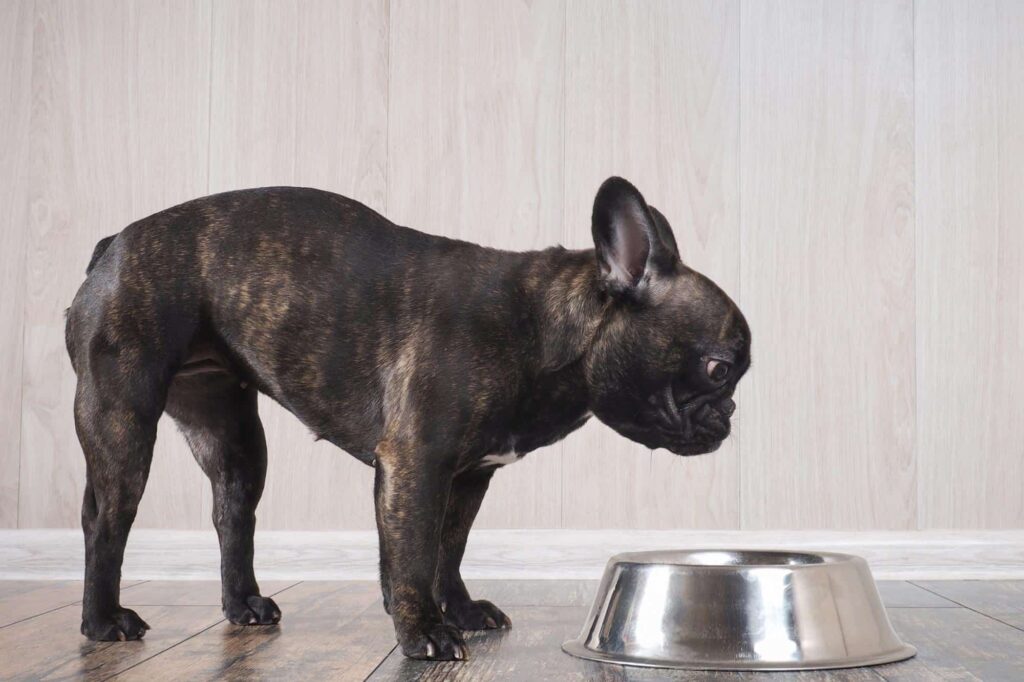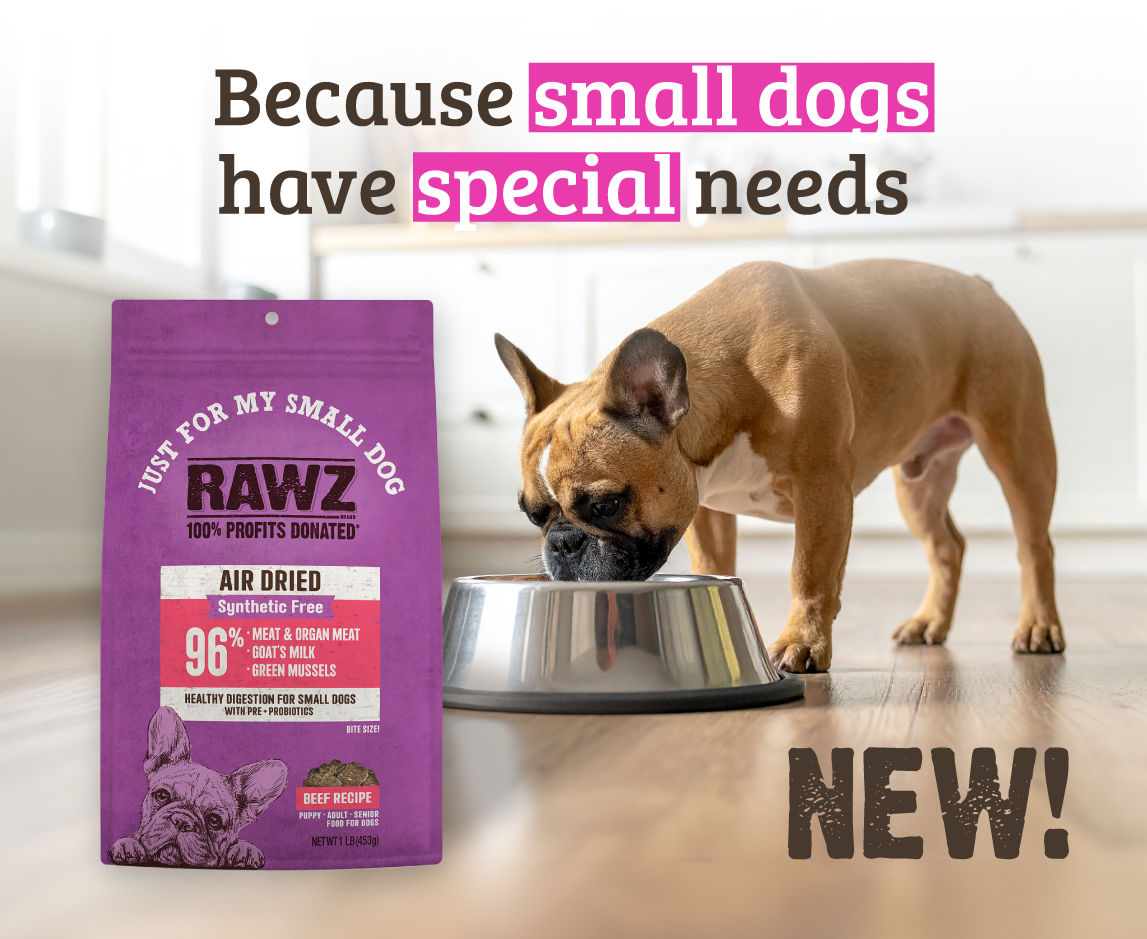What should I feed my dog? Considering the wide array of choices available to pet parents today, this seemingly simple question can feel more like solving an intricate quadratic equation. In this post we examine fresh, raw and kibble dog foods in depth, and cover some important factors to consider before making a decision.
Are Dogs Carnivores or Omnivores?
In our blog post Why Your Cat Is An Obligate Carnivore we discussed the three main types of eaters in the animal kingdom, as well as the reasons why cats are obligate carnivores. Before we determine the appropriate food to feed your dog, let’s identify whether dogs are omnivores or carnivores.
Like their domesticated feline friends, dogs thrive on a meat-rich diet; dogs are often thought of as “opportunistic” or “scavenger” carnivore type feeders, but they're also known to enjoy non-meat foods. Dogs have evolved with varied teeth — some sharp and pointed for tearing meat, others flat and wide for chewing plant matter.
In addition to a versatile dental makeup, a dog’s digestive tract is fit for breaking down both plant and animal matter. While true carnivores (like cats) have extremely short intestines due to the speed at which they can break down meat, herbivores’ and omnivores’ intestinal tracts need to be longer to facilitate the digestion of plant materials. The average dog’s intestinal tract tends to measure around two feet long — that’s twice as long as a cat’s. But this isn’t nearly as long as a human’s; despite eating varied diets throughout our history, we have evolved to possess GI tracts of 20 to 40 feet!
Points to Consider When Choosing Food For Your Dog
Every dog parent wants the best for their dog. When it comes to feeding, a raw diet — when fed correctly — offers optimum health benefits. However, it’s not that simple of a decision: variables such as cost, convenience and food safety need to be taken into account. Fresh food and kibble diets address some of these concerns; read on for a closer look at these considerations and more.
What Is a Fresh Food Diet for Dogs?
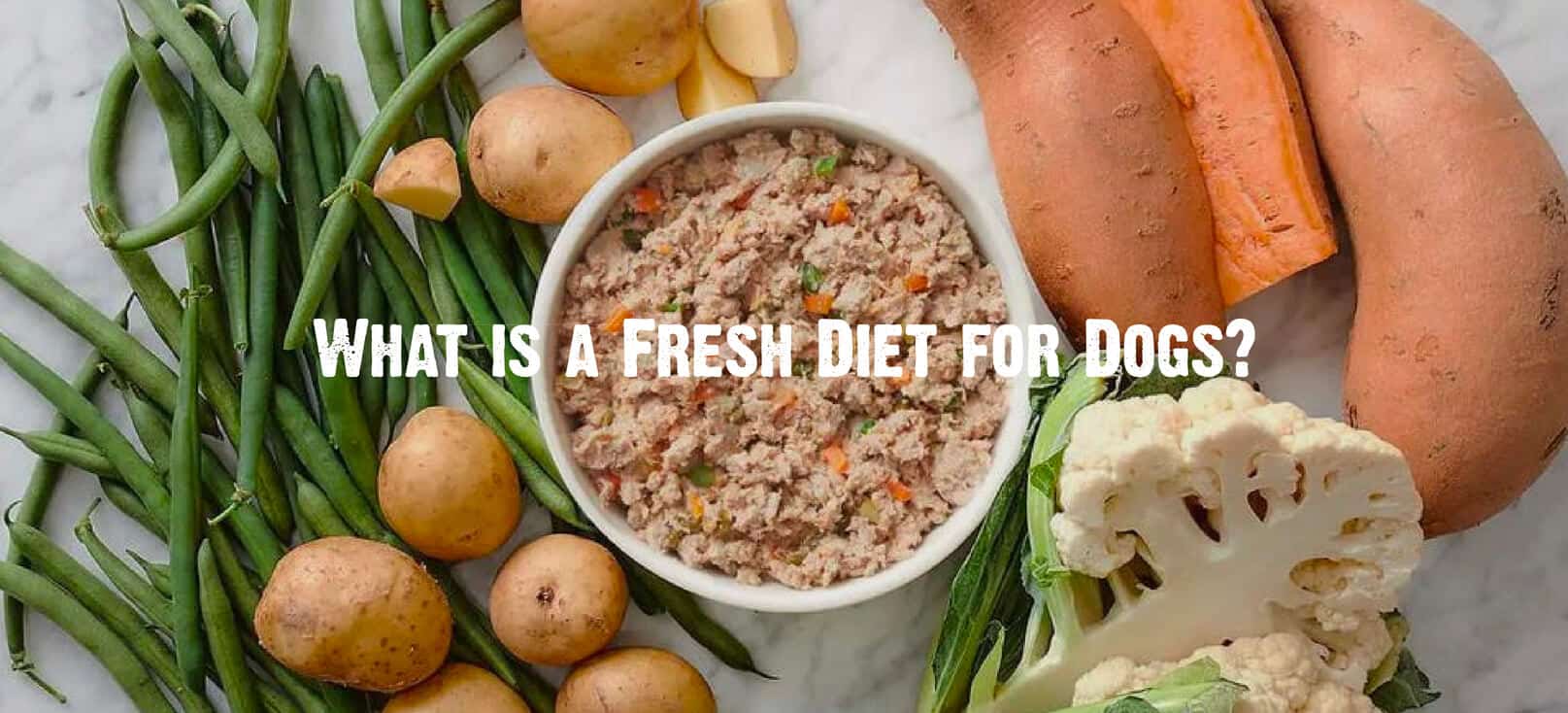
These days, it seems like ads for “fresh” pet food are all over our TVs and social media feeds. Various pet food companies offer fresh meal plans, often by subscription, usually portioned in individually-packaged, frozen meals. It’s important to note that “fresh” is not the same as “raw” and generally infers a lack of preservatives.
What To Look For In Fresh Food
All dog foods, no matter the type, are regulated by AAFCO (The Association of American Feed Control Officials), which is charged with regulating pet food. The AAFCO ensures nutritional adequacy by printing this statement on pet food packaging: “[Product name] is formulated to meet the nutritional levels established by the AAFCO [Dog or Cat] Food Nutrient Profiles for [Life Stages].” Look for this statement to determine the nutritional value of a fresh food meal plan.
Fresh pet foods will generally require some type of storage and preparation, and the manufacturer’s instructions should always be followed. The pricing of fresh diets varies, generally averaging around $8/day for a medium-sized (40 lb.) dog.
What Is a Raw Diet For Dogs?
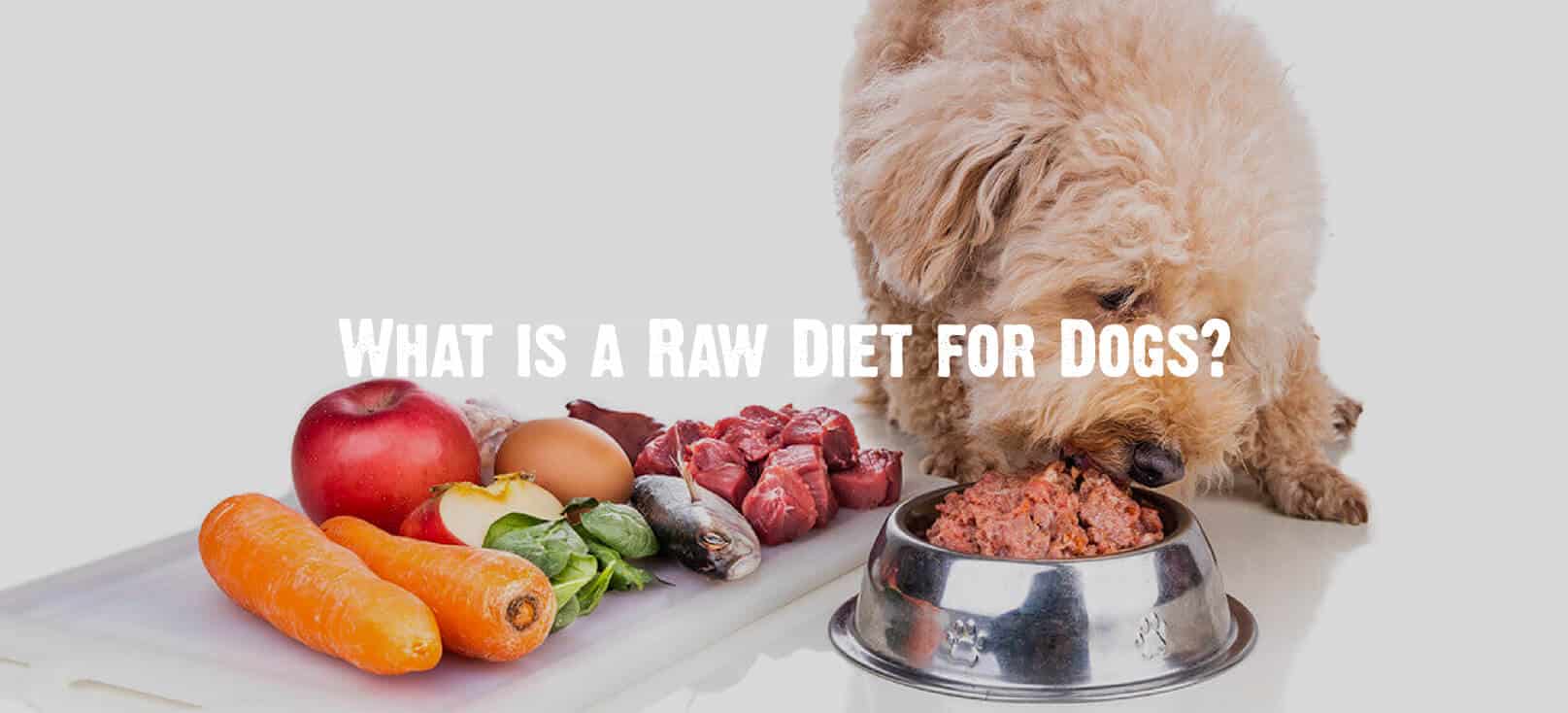
While the term “raw” might bring to mind a slab of uncooked meat in your dog’s bowl, truly raw feeding isn’t quite so simple. In fact, feeding your dog exclusively slabs of raw meat from the butcher or grocery store would lead to nutritional deficiencies. A truly raw diet contains both muscle and organ meat, and additional vitamins and minerals may come from bones and plant material. All raw diets share a lack of heat processing.
It can be difficult for pet owners to formulate a complete and balanced diet plan without including vitamin packs or and/or other supplements. Many pet parents opt to buy frozen raw diets offered by retailers for convenience. Freeze-dried foods formulated as complete diets are often synonymous with raw. Although it can be more economical to feed a homemade raw diet, food safety concerns such as bacterial contamination can be a deterrent.
What To Look For In a Raw Food Diet
Feeding your dog a raw diet is a commitment on multiple levels: you must decide whether to prepare your own food, how you’ll handle food storage, how you’ll plan feedings, and of course, how much you’re willing to spend. If preparing your pets’ food yourself, it’s crucial that you formulate nutritionally complete and balanced meal plans and recipes. This may require consultation with an animal nutritionist or veterinarian. Whether it’s in freeze-dried, homemade or prepared frozen form, feeding raw is on the higher end of the cost spectrum.
What Is Kibble Dog Food?
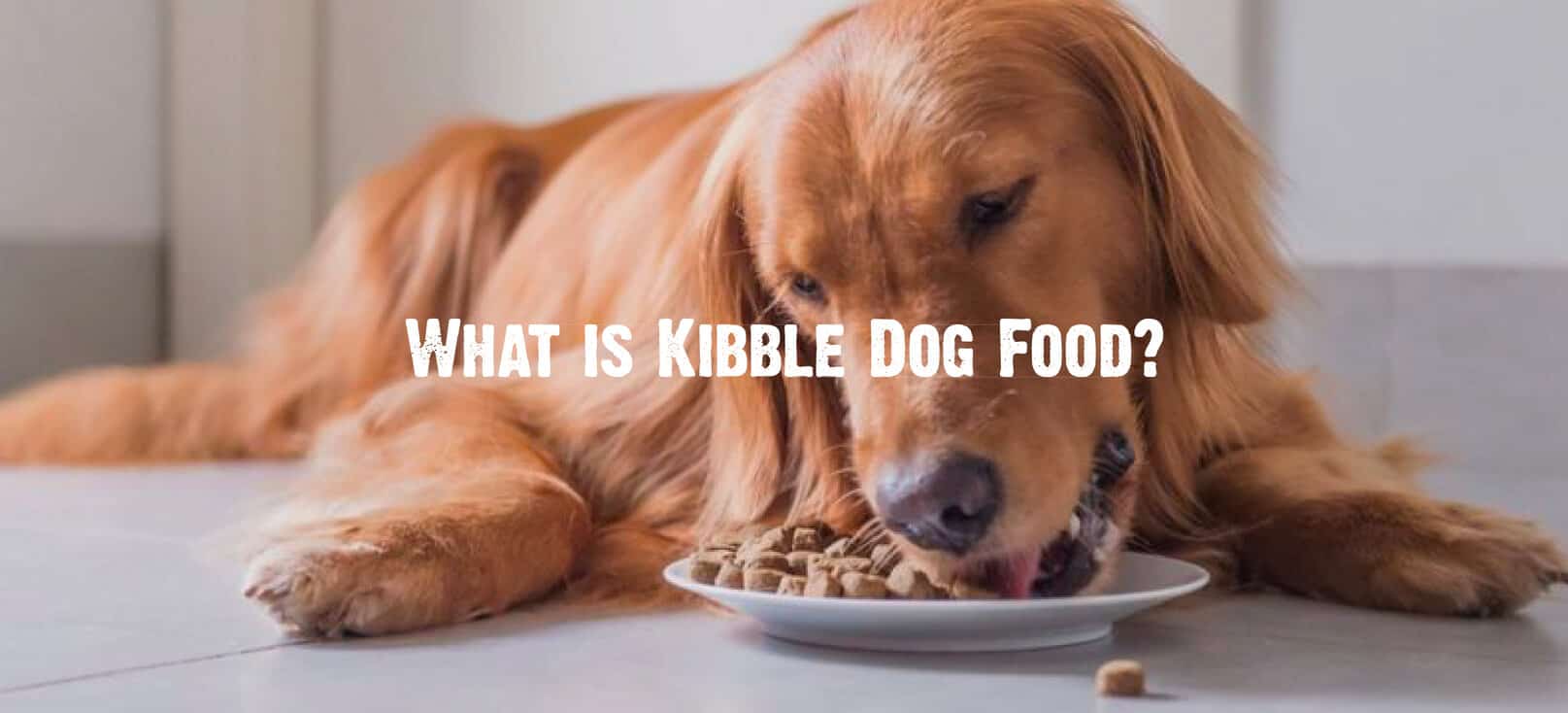
The term “kibble” can be a bit vague, so for our purposes we’ll consider kibble to be dry dog food in pellet form. Dry kibble is popular for its convenience, shelf stability, variety and wide availability. The greatest variability among brands is in their kibble dog food ingredients. In a pet food ingredient deck, items are listed by volume in descending order, so you can see where the majority of a food’s nutrition is coming from.
What To Look For In Kibble
More so than with most other types of dog food, the quality of kibble can vary widely. To determine nutritional value, pet parents should check for the AAFCO’s statement of nutritional adequacy on the package. Most dry food pellets look similar, but the ingredient panel often reveals how vastly different brands can be from one another.
Kibble is often on the more economical end of the cost spectrum, and typically has a longer shelf life. When comparing the costs of different dry dog foods, consider the caloric content of each variety; this is usually listed in the nutritional facts panel as kcal/cup. We’d also recommend reviewing the feeding guidelines on the packaging to check how much you’ll need to feed your dog per day — this will help put the cost in perspective.
Transitioning to Different Foods
Unlike humans, our four-legged family members have diets without much variability. Unfortunately, this pattern of eating can result in extreme sensitivity to changes in diet. Gastrointestinal issues such as constipation and diarrhea can occur when a new food is introduced to your pet’s diet. Luckily, most pet owners can minimize these issues by using a five to seven day transition period.
It’s important to note that GI problems don’t necessarily mean the switch is not good for your dog; they’re likely symptoms of a typical adjustment period. However, pet parents do need to be aware of potential sensitivities or allergies when introducing a new protein.
Alternatives to Fresh, Raw or Kibble Diets
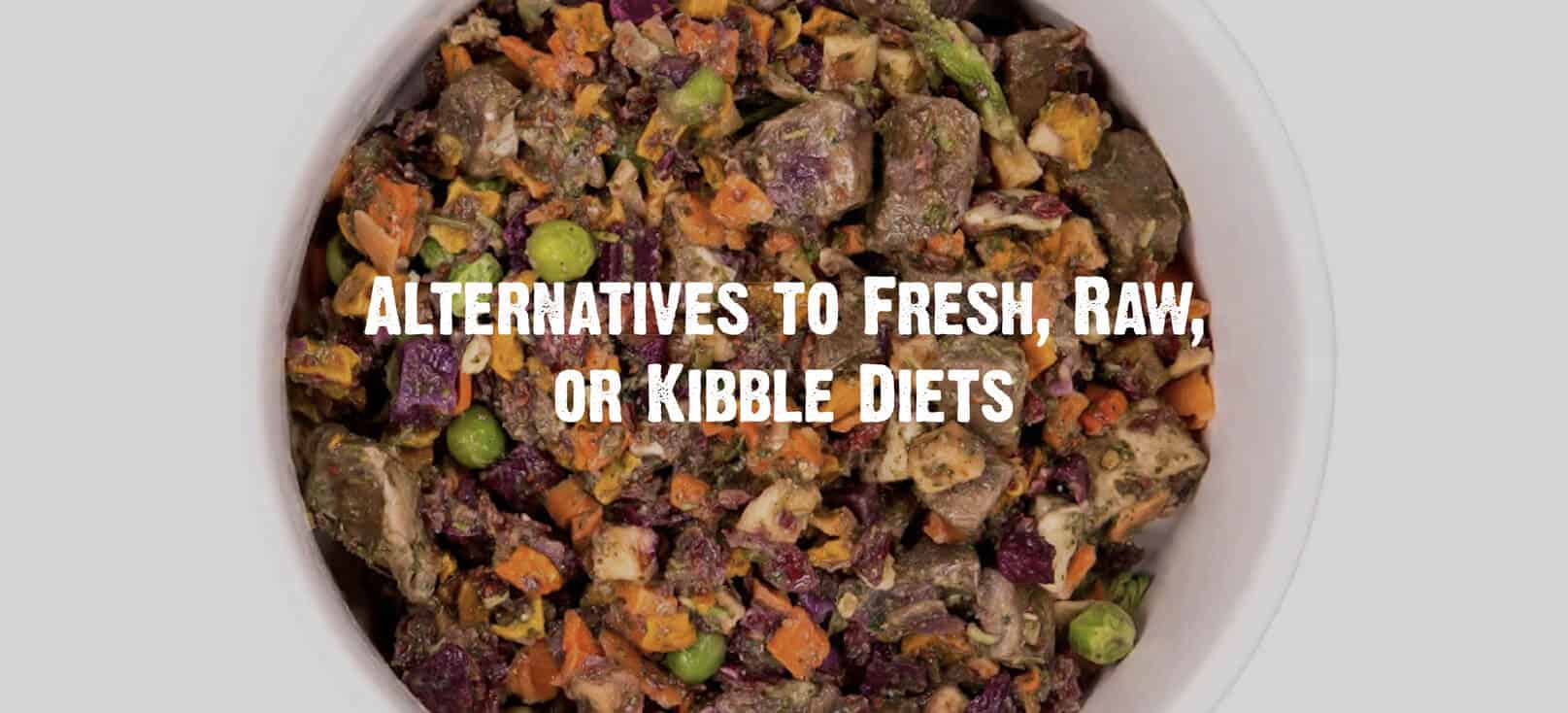
Another option available to pet parents is dehydrated food. This food is slowly dehydrated at low temperatures, which helps it retain much more of the proteins’ nutritional value. However, dehydrated diets can be quite costly and can often be low in meat content.
You can also diversify your pet’s meals by mixing types of foods. Mix kibble with raw recipes, or combine two types of kibble with varying degrees of nutrition. This will provide your dog with variety while still ensuring they get the nutrition they need.
WHICH DIET IS BETTER?
The answer is — it depends! When choosing the best food for your dog, pet parents need to consider their own situation. Budget, available time, the presence of other pets in the home, children, and of course, who the responsibility will fall on — these are all factors that need to be weighed. If there were no other factors to consider besides optimal nutrition, a raw diet would always win out. But a pet’s feeding plan must be feasible as well as sustainable for the humans involved.
The bottom line: The best we can do for our dogs is to feed them a minimally- processed diet that meets their nutritional needs and accommodates any constraints we may have.
Download our guide, How to Read & Decode a Pet Food Label, to learn what all the pet food industry jargon really means. >
How Can RAWZ Help?
If you’re looking for better ways to feed your pet but aren't ready to commit to a raw diet, RAWZ offers something to satisfy all needs. We use un-rendered, dehydrated chicken as the concentrated protein source in our kibble, which delivers nutrition in a safe, efficient, shelf-stable format. So while it offers the convenience of kibble, the nutrition is inspired by a raw diet — it’s the next best thing to feeding raw!
